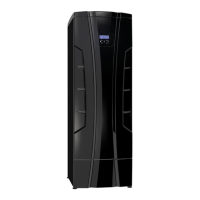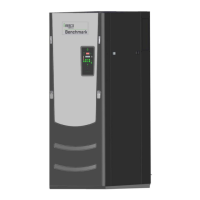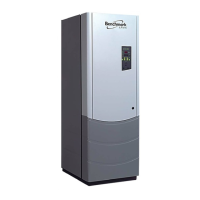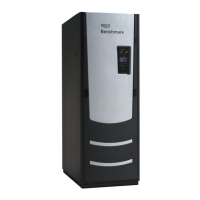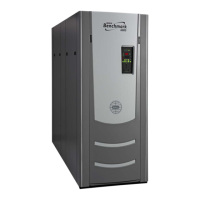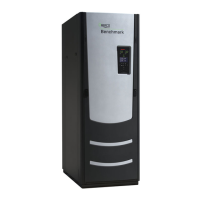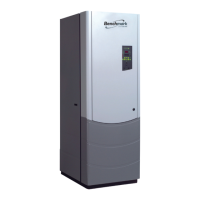Page 7 of 30 AERCO International, Inc. • 100 Oritani Dr. • Blauvelt, New York 10913 • Phone: 800-526-0288 PR1 04/08/2014
Application Guide
types of metals used in hydronic systems. Elevated salt levels also contribute to higher
conductivity levels, another undesirable characteristic in hydronic systems.
• Chloride – Chlorides are salts resulting from the combination of the gas chlorine with a metal and
are instrumental in accelerating corrosion in the types of metals used in hydronic systems.
Chlorides may be introduced into the water naturally. Concentrations of chlorides in system water
should be less than 150 ppm.
• Conductivity – Dissolved metals and minerals increase the conductivity of water and indicate not
only the presence of undesired corrosive agents, but also contribute to the transfer and migration
of ions and charged particles in the water that contribute to fouling of sensors, valves, and other
devices used in the system. Additionally, high conductivity contributes to galvanic corrosion, in
which one metal will preferentially corrode when in contact with another type of metal, when both
are in contact with an electrolyte. Conductivity should be less than 3000 μS.
• pH – The pH, a measure of the acidic, neutrality, and alkalinity of the water, must always be
between 7.5 and 9.5 pH.
• Oxygen – All precautions should be taken to avoid the formation and localization of oxygen in the
water of a heating system. Water that is low in minerals (soft water) absorbs oxygen much more
readily than mineralized (hard) water. For this reason it is necessary that in heating systems
using floor radiant heating, the plastic pipes used be impermeable to oxygen.
• Scale and Corrosion – The use of an inhibitor is advisable to treat feed and make-up water and
to protect heating systems against scale, corrosion and microbiologic growth. To prevent
freezing, the use of an anti-freezing agent together with the inhibitor is advisable. Qualified
companies can also provide boiler de-scaling.
• Water treatment is also advisable in the following cases:
o Very large heating systems
o High quantities of replenished water due to leakages or maintenance work
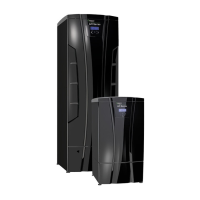
